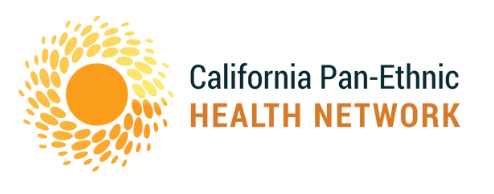Cristian Remollo’s path towards the school-to-prison pipeline began in elementary school with a suspension for a fight. Forty-nine suspensions and one expulsion later, at 14 years old, Cristian was sentenced to San Mateo County Juvenile Hall for second degree robbery. He would be released two months later, on probation and with an ankle bracelet. However, Cristian’s contact with the juvenile justice system didn’t end there. From ages 14 to 16, Cristian would serve in juvenile hall on a total of three separate occasions.
The reality is that Cristian’s experience of returning to juvenile hall is actually common in the United States. Cristian is one of 61,000 youth in the country who eat, sleep, and go to school in juvenile detention facilities. There are stark inequities in a young person’s quality of life once he or she enters the juvenile justice system. Once a young person comes into contact with the juvenile justice system, young people, age 16 and under, are 26% less likely to finish high school by the age of 19. Roughly 70% of the juvenile reentry population will return to juvenile hall by 19. These inequities particularly impact communities of color. Despite representing less than 30% of the nation’s population, Black and Latino youth compose nearly 60% of the juvenile population currently detained.
Juvenile detention facilities require incarcerated youth to attend court school. The idea behind court school is to prevent youth from falling behind their studies. The program would ideally bridge the gaps of education between juvenile hall and public school. But research and inquiries into court school have shown that court schools continuously fail incarcerated youth. The quality of education is sub-standard – it’s usually not up to date on educational standards, it focuses on remedial elementary education, employs unqualified and unsupportive teachers, and continues the same punishment-oriented disciplinary system within its structure.
Cristian, now 19, remembers his time at court school. “Court school was like elementary, and they treated you like elementary, maybe even worse,” he says.
Upon leaving juvenile hall for his last time, Cristian enrolled in continuation school and then adult school in Richmond. Cristian was able to change his path by finding support at Freedom Fighters, a local re-entry support group for youth. Freedom Fighters, and its partners such as Safe Return and Contra Costa Interfaith Supporting Community Organization, are significant to Richmond’s reentry community.
Contra Costa County sends over 500 people to prison each year. More than a quarter of that population (between 120 and 180) will return to West County from state prison each year. With recidivism rates for adults in Contra Costa County reaching up to 60-70% for youth, and with public institutions like schools failing to support youth outside the punishment paradigm, reentry support is widely needed. In February 2015, Contra Costa County announced a $3 million grant will fund programs to target youth violence, recidivism and support reentry.
Below you can watch Cristian’s story:
Cristian, 19 from New America Media on Vimeo.
